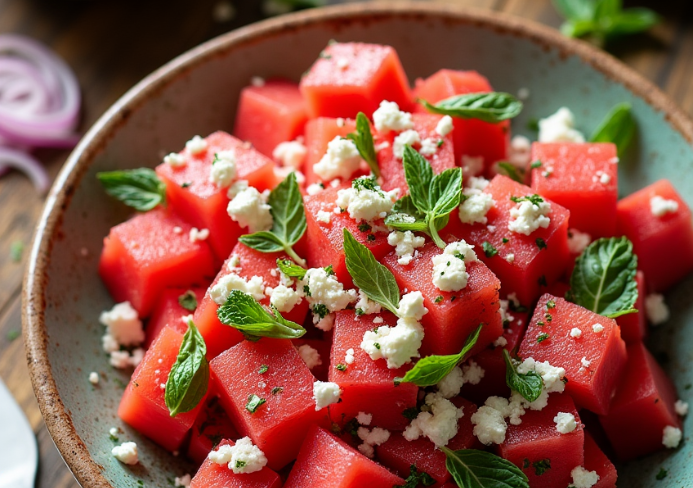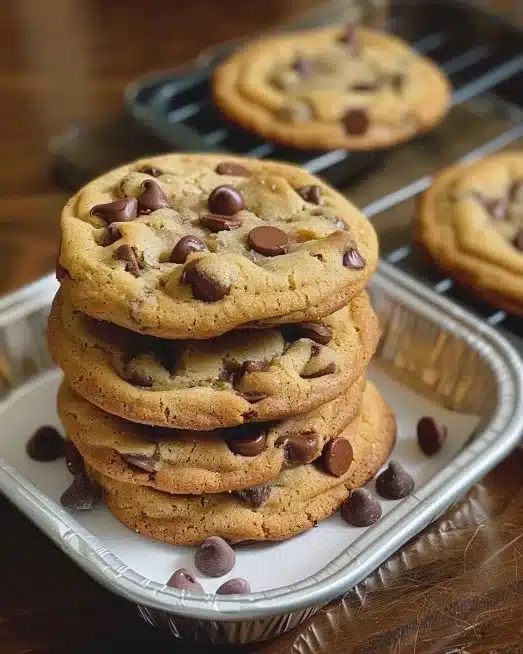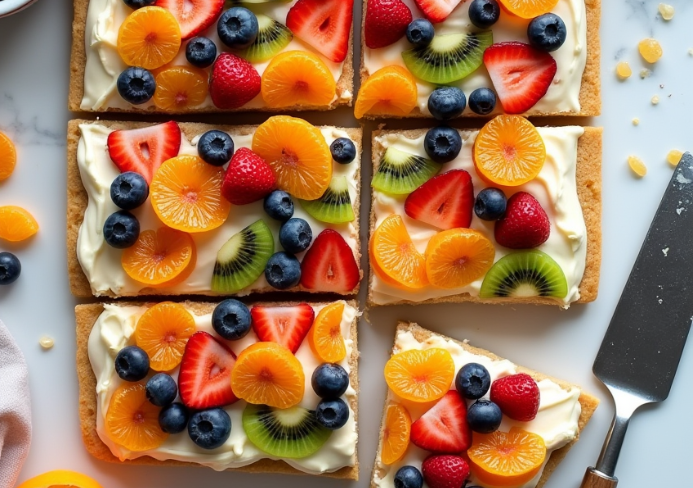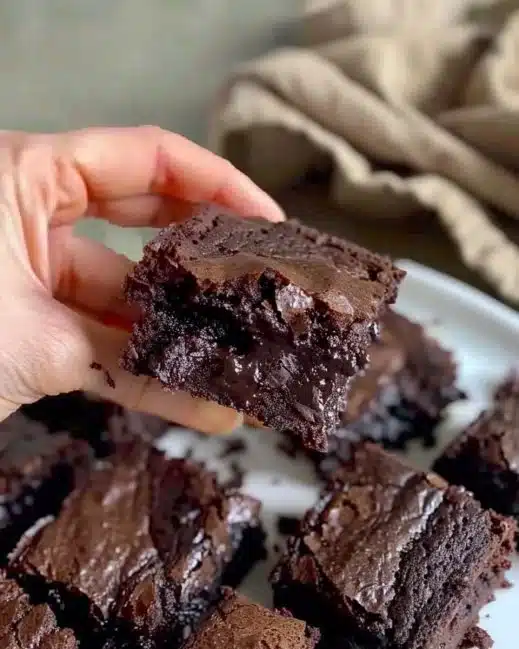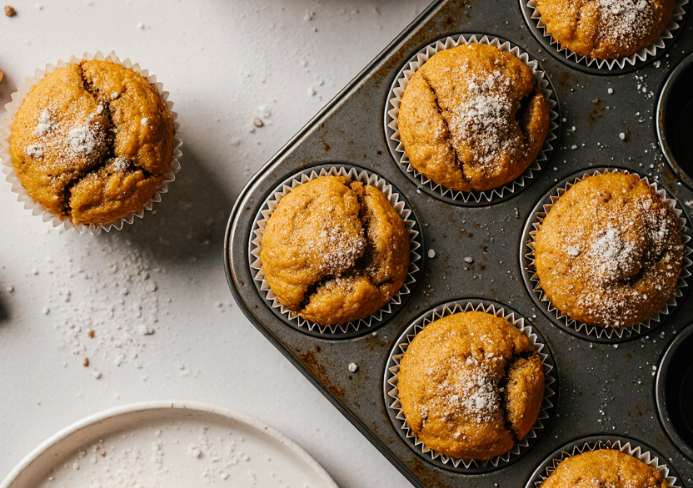The Enduring Charm of the Strawberry Shortcake Icon
The Strawberry Shortcake icon has become more than just a childhood favorite—it’s a vibrant symbol of nostalgia, creativity, and vintage aesthetic that spans generations. Originally introduced in the late 1970s, the character has evolved through numerous iterations, capturing the hearts of kids and adults alike with her signature pink look, strawberry-scented hair, and whimsical world of berry-themed friends.
Table of Contents
Created by illustrator Muriel Fahrion for American Greetings, Strawberry Shortcake started as a greeting card character before quickly expanding into dolls, cartoons, and branded merchandise. For a deeper dive into her beginnings, you can explore the history of the Strawberry Shortcake franchise.
As time passed, Strawberry Shortcake continued to evolve with each decade. From the vintage 1980s aesthetic to the modernized 2000s reboot, her visual style was reinvented while maintaining her iconic traits. This transformation resonates deeply within the kawaii aesthetic culture, which embraces cuteness, nostalgia, and bold visual identity—qualities that define Strawberry Shortcake’s lasting appeal.
The Origins of Strawberry Shortcake
- First introduced in 1979
- Designed as a rag doll-like character with a strawberry hat
- Gained popularity through greeting cards and scented dolls
- Expanded into animated specials by the early 1980s
The original character featured red curly hair, a bonnet adorned with strawberries, and a polka-dotted dress—each element contributing to the uniquely whimsical aesthetic that would become instantly recognizable.
Evolution Through the Decades
1980s: The Vintage Icon
- Massive popularity through dolls, storybooks, and Saturday morning cartoons
- Introduction of side characters like Blueberry Muffin and Lemon Meringue
- Strong collector interest in 1980s dolls and VHS tapes today
2000s: Digital Reboot
- Sleeker, more modern design with animated series and movie releases
- Emphasis on technology and social themes
- Gained traction among a new generation of fans
2020s: The Aesthetic Revival
- Resurgence of interest due to TikTok, Pinterest, and nostalgia trends
- Strawberry Shortcake icons now widely used in wallpapers, profile pictures, and social media avatars
Why She’s an Icon
The Strawberry Shortcake icon endures because of a blend of strong character design and emotional resonance. Her presence evokes:
- Childhood innocence
- Whimsical imagination
- Timeless, comforting visuals
She also symbolizes a broader retro movement, where vintage characters are celebrated as aesthetic markers of specific eras. Her visual identity—pink tones, strawberry motifs, rounded typography—cements her status as more than a character: she’s a cultural emblem.
Visual Style & Aesthetics
What makes Strawberry Shortcake so instantly recognizable?
- Color Palette: Shades of pink, red, green, and soft pastels
- Motifs: Strawberries, gingham patterns, fruit-based themes
- Typography: Rounded, childlike fonts that match her playful image
This design is not only cute but also highly adaptable to digital formats, making it ideal for wallpapers, social media icons, and fan art.
Digital Popularity and Pinterest Trend
Platforms like Pinterest have been central to reviving the Strawberry Shortcake icon. Users create and share:
- Icon packs for smartphones
- Aesthetic inspiration boards
- Vintage and modern fan art mashups
She has become a visual staple in the kawaii digital scene, appealing to creators and collectors who value her balance of innocence and design flair.
DIY: Creating Your Own Strawberry Shortcake Icon
Want to join the trend and make your own Strawberry Shortcake-style icon? Here’s how:
- Use tools like Canva or Procreate
- Stick to her signature pink and red palette
- Add accessories like bonnets, strawberries, and puffy sleeves
- Reference character sheets and fan art for authenticity
You can even find PNGs, cutouts, and icon templates on platforms like Pinterest and DeviantArt.
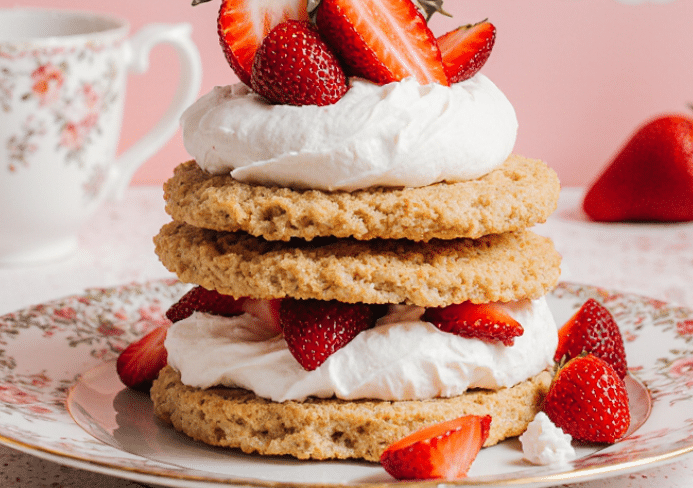
Fan Communities and Artistic Expression
The Strawberry Shortcake fandom is rich with:
- Digital fan art and reimaginings
- Cosplay and TikTok characters
- Mashups with other franchises like Hello Kitty
The Strawberry Shortcake fan community on DeviantArt and Reddit shares vintage scans, digital makeovers, and aesthetic inspiration for artists and collectors alike.
Merch, Collectibles, and Where to Buy
Looking to own a piece of Strawberry Shortcake history? Here’s where to look:
- eBay: For vintage dolls and 1980s memorabilia
- Etsy: Handmade items, stickers, pins, and retro-themed art
- Amazon: Rebooted series DVDs and newer merchandise
Search with terms like:
- “Vintage Strawberry Shortcake”
- “Strawberry Shortcake PNG icon”
- “2003 Strawberry Shortcake aesthetic”
Why She Remains Timeless
Strawberry Shortcake persists because she represents:
- A comforting return to childhood
- A symbol of positivity and simplicity
- An adaptable icon for creative expression
She’s a visual bridge across generations—appealing to older fans through nostalgia and to newer ones through her enduring aesthetic relevance.
Frequently Asked Questions (FAQs)
Who created Strawberry Shortcake?
The original character was designed by Muriel Fahrion for American Greetings in 1979.
What era is Strawberry Shortcake from?
She debuted in the late 1970s and became iconic during the 1980s.
Why is Strawberry Shortcake iconic?
Her signature pink-and-red design, sweet persona, and widespread media presence have made her a staple in pop culture.
How do I get a Strawberry Shortcake app icon?
You can find pre-made app icon sets on Pinterest or design your own using Canva or Procreate.
What does the 2003 version look like compared to the original?
The 2003 reboot features a sleeker, more animated look with updated clothing and digital animation, while retaining her core traits like the strawberry hat and sweet demeanor.
Whether you’re a nostalgic collector, digital creator, or a newcomer enchanted by her timeless charm, the Strawberry Shortcake icon continues to bring joy—and a pop of pink—to everyone’s world.

